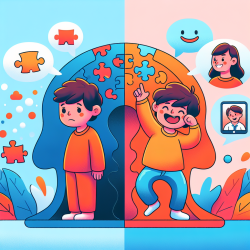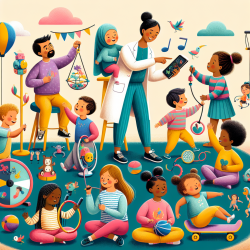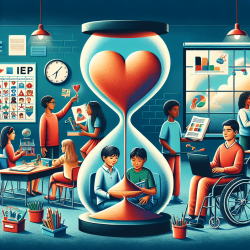Introduction
The complex relationship between child maltreatment and the development of eating disorders in adulthood is a critical area of study for mental health professionals. The research article titled "Child maltreatment and eating disorders among men and women in adulthood: Results from a nationally representative United States sample" by Afifi et al. (2017) provides valuable insights into this issue. Understanding these associations can help practitioners improve their therapeutic approaches and encourage further research in this field.
Key Findings
The study by Afifi et al. (2017) utilized data from the National Epidemiologic Survey on Alcohol and Related Conditions (NESARC-III) to explore the prevalence and associations of various forms of child maltreatment with eating disorders in adulthood. The study revealed that all types of child maltreatment, including harsh physical punishment, physical abuse, sexual abuse, emotional abuse, emotional neglect, physical neglect, and exposure to intimate partner violence, are linked to increased odds of developing eating disorders such as anorexia nervosa (AN), bulimia nervosa (BN), and binge-eating disorder (BED).
Gender Differences
One of the significant findings of the study is the gender differences in the associations between child maltreatment and eating disorders. Among men, sexual abuse and physical neglect were found to have the strongest associations with eating disorders. In contrast, for women, sexual abuse and emotional abuse were more robustly linked to eating disorders. These gender-specific findings highlight the importance of tailoring therapeutic interventions to address the unique experiences and needs of male and female patients.
Clinical Implications
For practitioners, these findings underscore the necessity of considering a patient's history of child maltreatment when assessing and treating eating disorders. Clinicians should be vigilant in screening for various forms of maltreatment and consider how these experiences might influence the patient's current mental health status. Moreover, understanding the gender-specific impacts of maltreatment can guide more personalized treatment plans.
Encouraging Further Research
While the study provides substantial evidence of the link between child maltreatment and eating disorders, it also highlights the need for further research. Future studies should aim to explore the mechanisms underlying these associations and examine how different therapeutic approaches can mitigate the long-term effects of maltreatment. Additionally, more research is needed to understand how these relationships may vary across different populations and cultural contexts.
Conclusion
The research by Afifi et al. (2017) offers critical insights into the complex relationship between child maltreatment and eating disorders, emphasizing the need for gender-sensitive therapeutic approaches. Practitioners are encouraged to integrate these findings into their clinical practice and pursue further research to enhance our understanding and treatment of these disorders.
To read the original research paper, please follow this link: Child maltreatment and eating disorders among men and women in adulthood: Results from a nationally representative United States sample.










